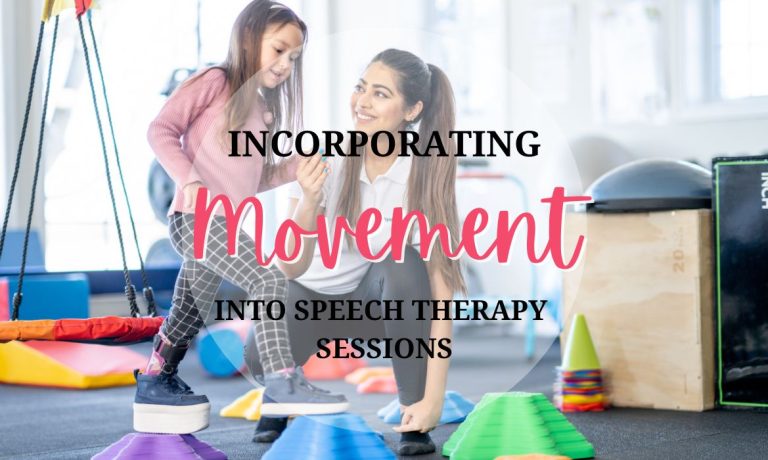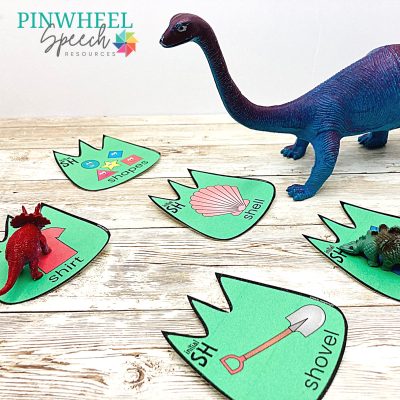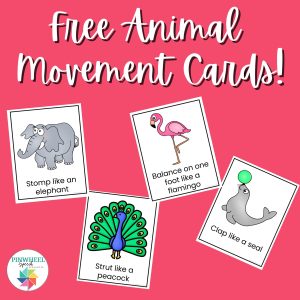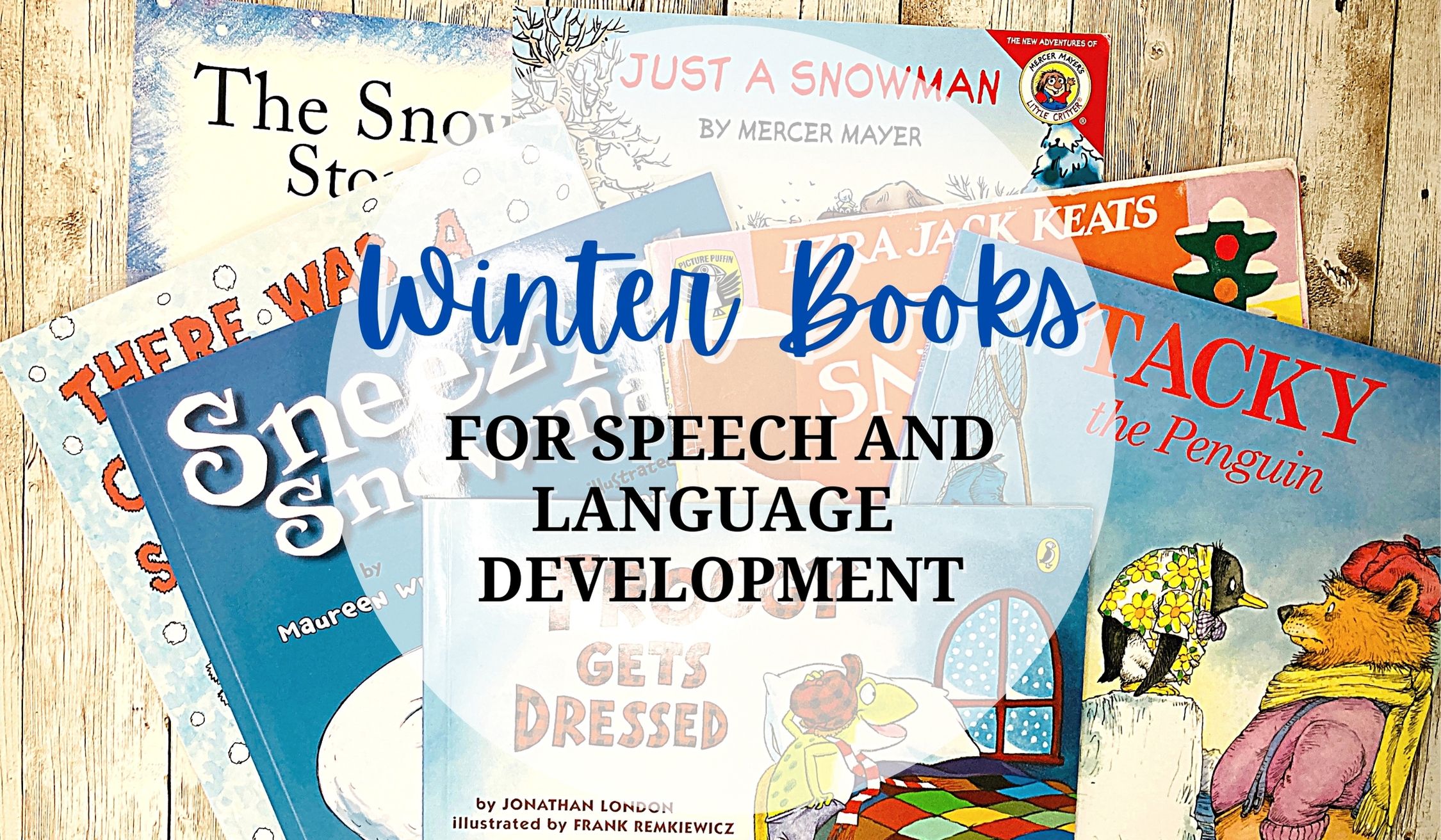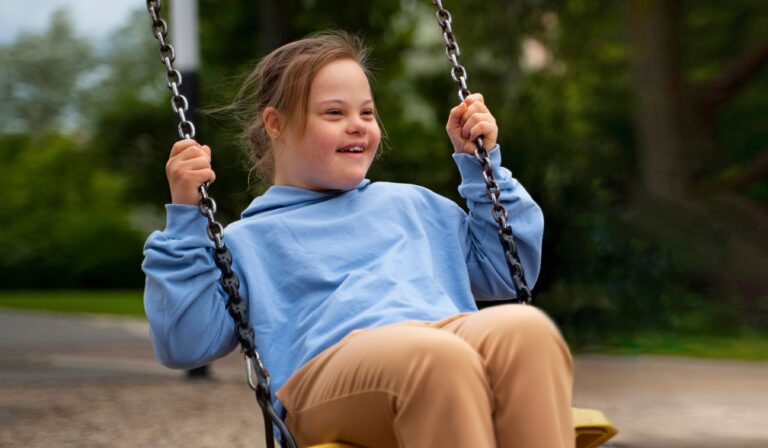
During my clinical fellowship, I worked in a busy pediatric clinic in Nashville called the Bill Wilkerson Center. I had the wonderful opportunity to collaborate with many amazing Speech Language Pathologists and Occupational Therapists. They taught me so much about the value of incorporating movement into our therapy activities. Through the years, I have continued to learn so much from my colleagues! This blog post is all about different ways that we can get our students moving during therapy sessions.
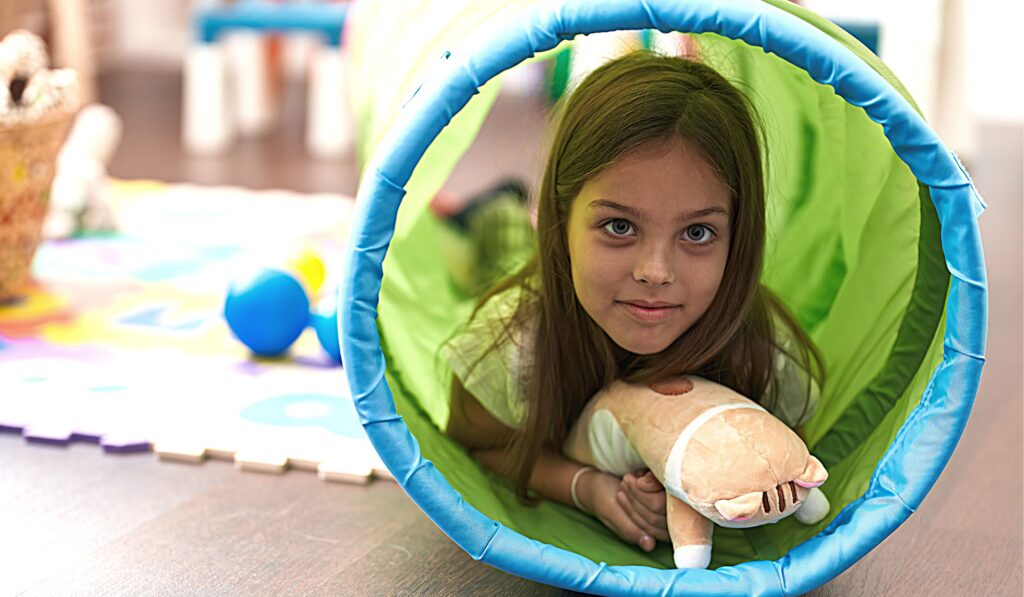
Get Moving!
Have you ever tried to keep a young child seated for more than 15 minutes? It feels like it is nearly impossible! I remember when we took our 3 young boys (About me) to restaurants, we always gave them a chance to move while we waited for our food. It is the same during our therapy sessions. Students NEED TO MOVE! In fact, I like to try to time my speech therapy sessions during or after OT sessions for optimal engagement. Whenever I can, I try to give my students the opportunity to stand, bounce on a therapy ball, take sensory breaks, or use fidgets.
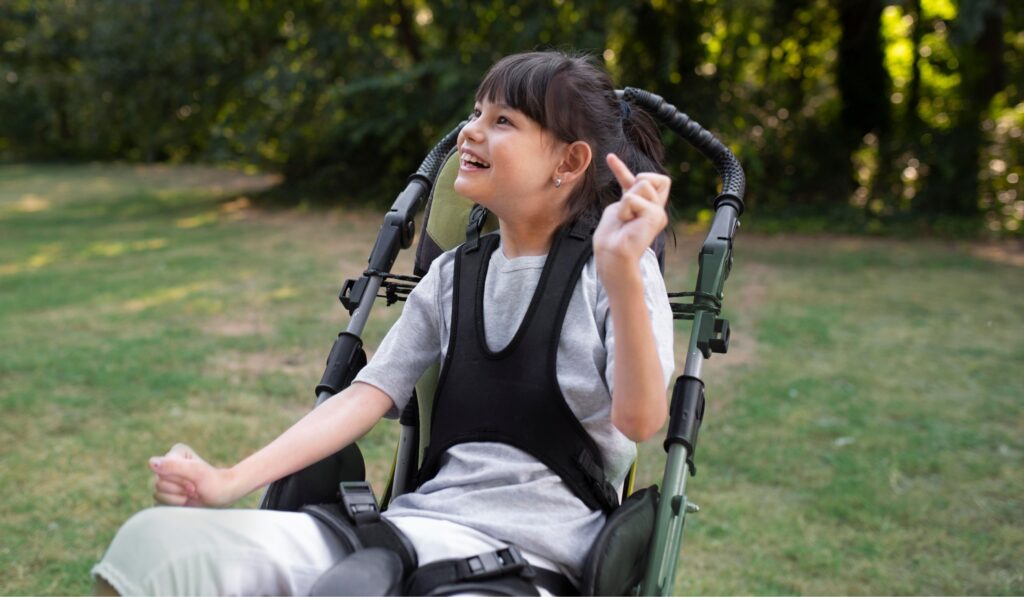
The Importance of Movement
Movement is valuable for a number of reasons. For example, It helps students stay focused, alert, and attentive for longer periods. In addition, many students are more engaged and motivated to communicate during movement activities. When I worked in a preschool setting, I often scheduled some of my treatment time during recess. When we take our therapy activities outside of the therapy room, it naturally becomes more functional. This helps with generalization and carryover of skills. In addition, there are more opportunities to interact with peers and practice social language skills. Many students are more engaged and more vocal/verbal during movement activities (e.g, swing, trampoline). Some students feel more comfortable speaking outside of the speech room because there is less pressure. I once had an elementary student with selective mutism who was most comfortable communicating outside during recess.
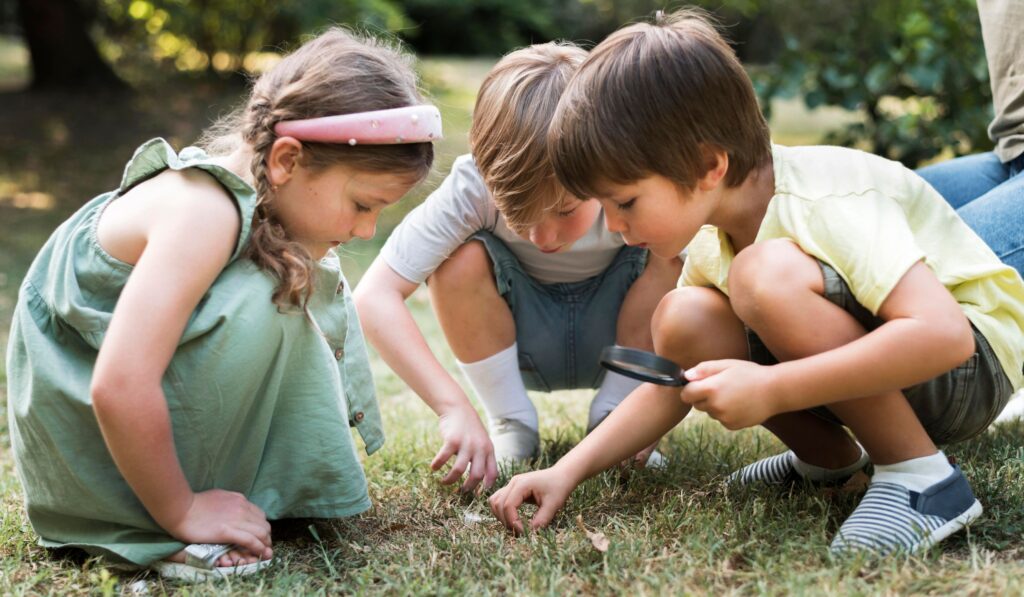
Examples of Movement Activities
- Scavenger Hunts (e.g., FREE Spring Scavenger Hunt)
- Discovery Walk: (e.g., search for signs of spring)
- Sound Hunt: Students walk around school looking for things that have their targeted speech sound. Use an ipad to take pictures and create a book!
- Animal Movements (e.g., crab walk, hop like a bunny, etc)
- Obstacle Courses (ideal for SLP/OT co-treat sessions)
- Yoga poses
- Games that involve movement (e.g., Charades)
- Act out stories with props
- Books that encourage movement (e.g,. Head to Toe by Eric Carle)
- Fingerplays and songs with movements
- Dance!
- Join them at recess (swing, slide, group games)
- Egg Hunt
- St. Patrick’s Day or Pirate Treasure Coin Hunt
- Search for picture cards around the room (use a flashlight, magnifying glass or toy binoculars for extra fun!)
- Hop on therapy cards
- Stomp on therapy cards
- Therapy swings
- Trampoline
- Therapy scooters
- Go Noodle Breaks (ideal for teletherapy!)
Resources from Pinwheel Speech
- Bunny Hop Articulation Activity
- Frog Hop Articulation Activity
- Dino Stomp Articulation Activity (see image above)
- Picture Charades Group Activity
- Animal Movements BINGO
- IF… Following Directions Icebreaker and Movement Activity
- Find a FREE Spring Scavenger Hunt HERE!
Free Movement Cards!
To thank you for visiting my website, please download and use these FREE Animal Movement cards for a short brain break or sensory break between tasks. You can also find a digital version of this activity in Boom Learning here: Boom Learning Animal Movement Activity. Enjoy!
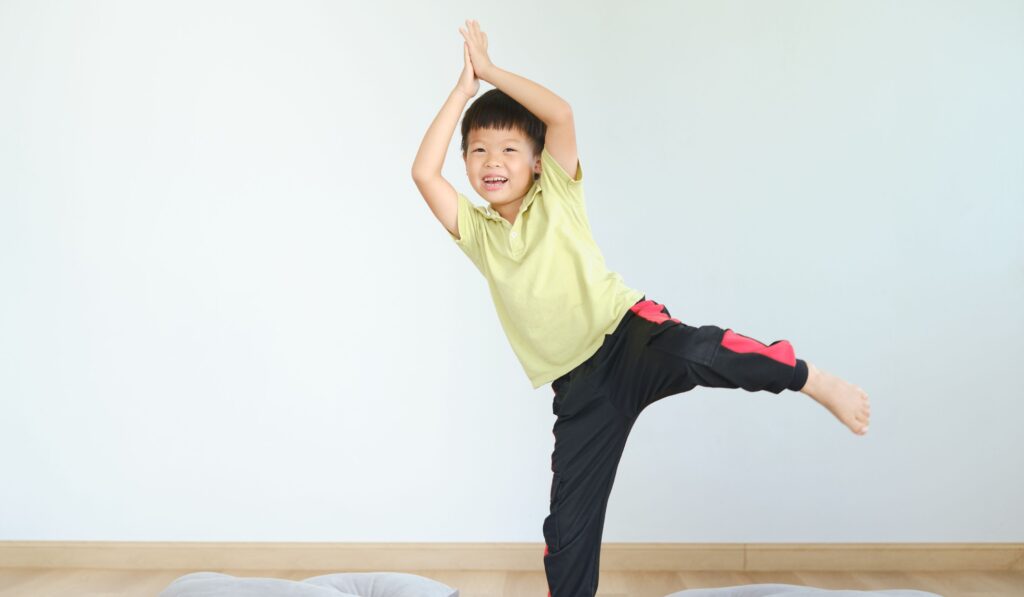
Your Turn!
How do you incorporate movement into your therapy activities? We can always learn from each other and I would love to hear some of your ideas! Please comment below!
